Sherpas find body of Swiss killed on Everest
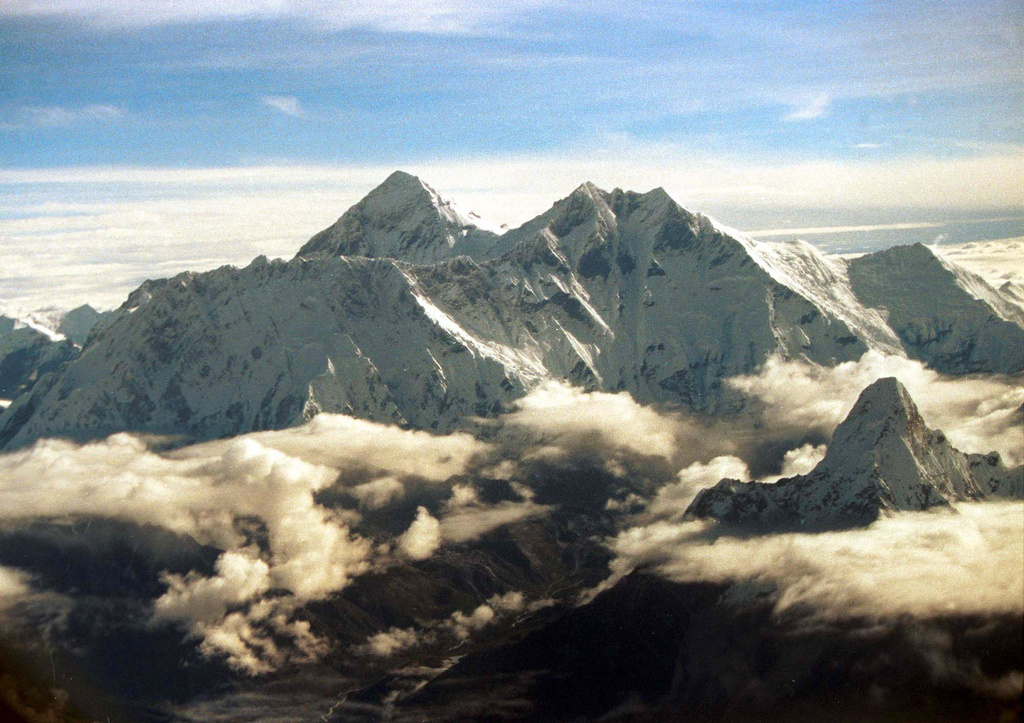
Sherpas working high on Mount Everest have recovered the remains of a Swiss mountaineer who perished on the peak during the making of a documentary film.
Uwe Gianni Goltz of canton Ticino died of exhaustion in May 2008 on his way down the mountain. Hours earlier he had reached the 8,848-metre summit without using supplemental oxygen.
It is unusual for bodies to be brought down from the highest reaches of the mountain – the work is often too dangerous.
“He was very much loved,” Enrico Bryner, president of the Locarno division of the Swiss Alpine Club, told swissinfo.ch. “He was a member of our club and was a very nice, a very open person.”
A team of about eight Sherpas found Goltz’s body near the mountain’s South Col, a saddle at around 8,000 metres from which teams stage their final push for the summit. The Sherpas brought the body down to a lower camp at around 6,600 metres, Chakra Karki, posted on the team’s blog on Tuesday.
The Sherpas are part of a group of 20 men on the Extreme Everest Expedition 2010 who are recovering corpses and removing rubbish that climbers leave behind while working their way up and down the world’s tallest peak.
The Sherpas said they hope to bring down the bodies of American Scott Fischer and legendary New Zealand guide Rob Hall, both of whom died in 1996 along with seven other climbers. The saga was the subject of the bestselling book, “Into Thin Air”, by Jon Krakauer.
Namgyal Sherpa, the leader of the clean-up expedition, said Goltz’s remains would not be shipped back to Switzerland.
“We want to cremate him at 5,300 metres in base camp,” he told Blick am Abend, a German-language tabloid. “The family agrees.”
Experienced mountaineer
Goltz’s death almost exactly two years ago at age 44 cast a grim shadow over a documentary film, which aired on Swiss public television in three parts in May 2009. The film crew were some of the last to see the Swiss climber alive as he pushed for the summit without his team.
“Gianni wanted to climb without supplemental oxygen and needed more time than we did,” Goltz’s expedition leader Kari Kobler told Blick shortly before the film aired.
“He wasn’t alone. A Sherpa was with him and could have given him oxygen at any time but he didn’t want it. With it he could have made it down easier – and would have survived.”
Called “Sherpas: The true heroes on Everest,” the film focused on the dangerous work the men of the Khumbu region of Nepal do each year to help scores of mountaineers climb the peak.
Goltz was an experienced mountaineer from Switzerland’s southern Maggia valley who had six other 8,000m summits under his harness. He was the only climber to die on the peak that spring.
Everest graveyard
Since the mountain’s first ascent in 1953, about 300 people have died on Everest, many of them in the so-called death zone above 8,000 metres. There, each breath contains just one-third of the oxygen available at sea level, making it impossible for humans to survive for more than a few days.
Many remains of fallen climbers have been recovered from lower elevations throughout the years but those who perished in the death zone must often stay, preserved in the dry, icy-cold conditions for decades.
About 1,000 people attempt to climb the mountain each year. The Sherpa clean-up team have set up two camps in the 6000m range to stage forays into the death zone to recover bodies and the untold number of tents, oxygen bottles, backpacks, ropes, food and other materials that climbers often are forced to abandon. The collected trash will be put on display at the mountain’s base camp in Nepal.
Team leader Namgyal said the expedition members hope to bring down 2,000kg of trash off the peak and five bodies. Some families have requested the remains of their loved ones stay on the mountain, but Namgyal says Everest should not become a graveyard.
“We respect the sentiments of the family of anyone who has died on Everest,” he told the BBC. “But it is a holy mountain and our government policy is clear – there should be no dead bodies on the mountain.”
Tim Neville, swissinfo.ch and agencies
Once mountaineers pierce elevations of around 8,000 metres they have entered the so-called death zone, where oxygen levels are too low to sustain life.
It is not that there is less oxygen at this altitude, as people often believe. The volume of O2 is proportional to other atmospheric gases, whether on Everest or at sea level. Rather, air density at high elevations is so low that the lungs cannot net enough molecules in each breath for the body to function properly.
While climbers can often acclimatise to high altitudes by moving gradually up a mountain by day and sleeping lower at night, no human can adjust to the death zone.
At high elevations, body functions deteriorate. A person loses the ability to digest food. Thinking can become muddled and irrational, making dangerous conditions even worse. Climbers attempting to sleep on Everest sometimes bolt upright in the middle of the night, gasping, as if suffocating.
A person can collapse of exhaustion simply by being at high altitudes for too long. At extreme elevations, a person’s resting heart rate draws too close to the maximum heart rate, meaning that just lying still can feel like strenuous exercise.

In compliance with the JTI standards
More: SWI swissinfo.ch certified by the Journalism Trust Initiative

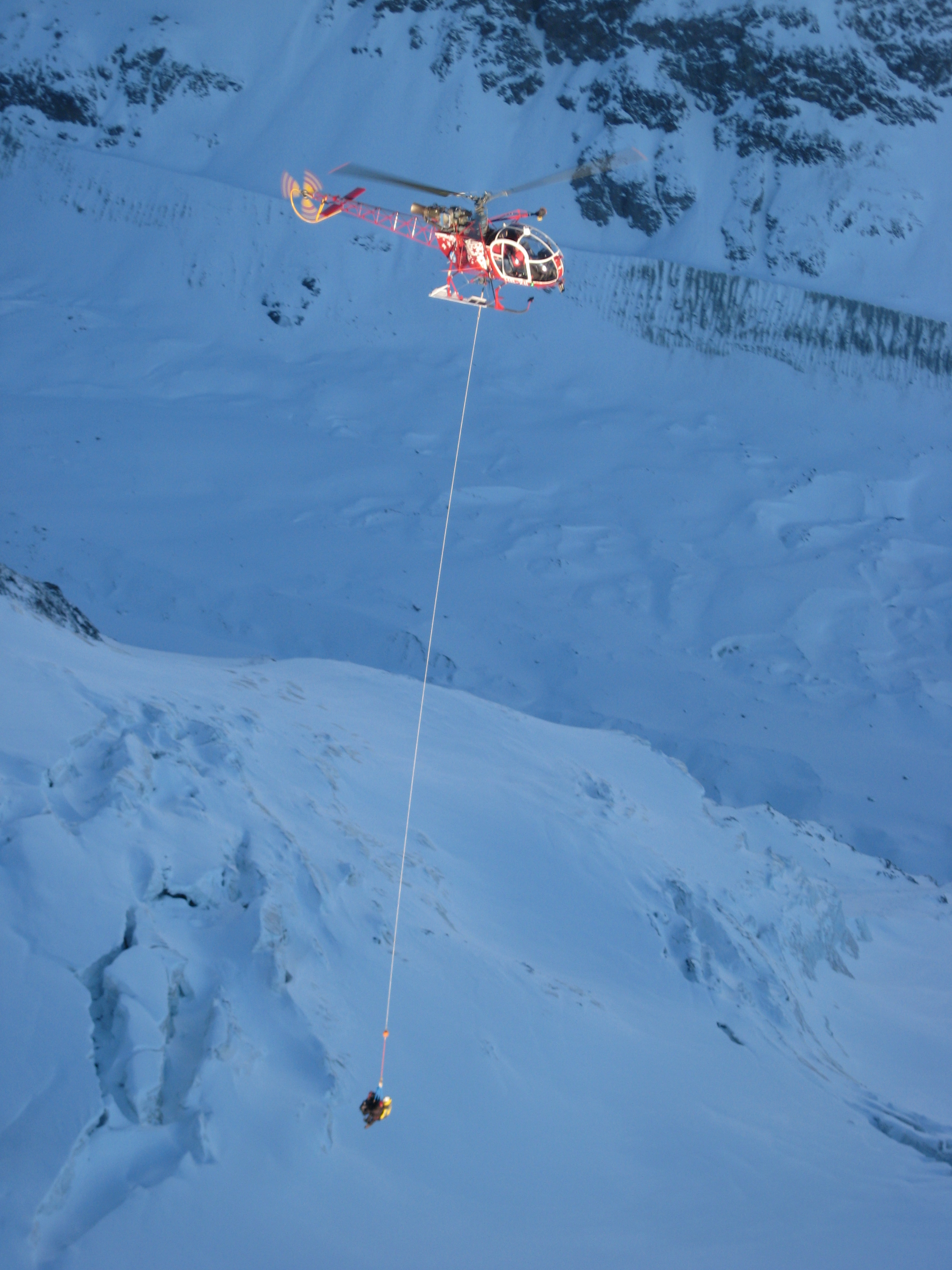
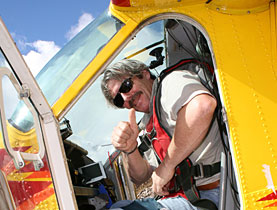
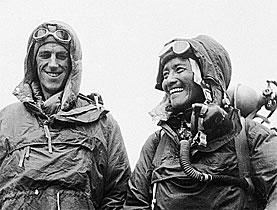
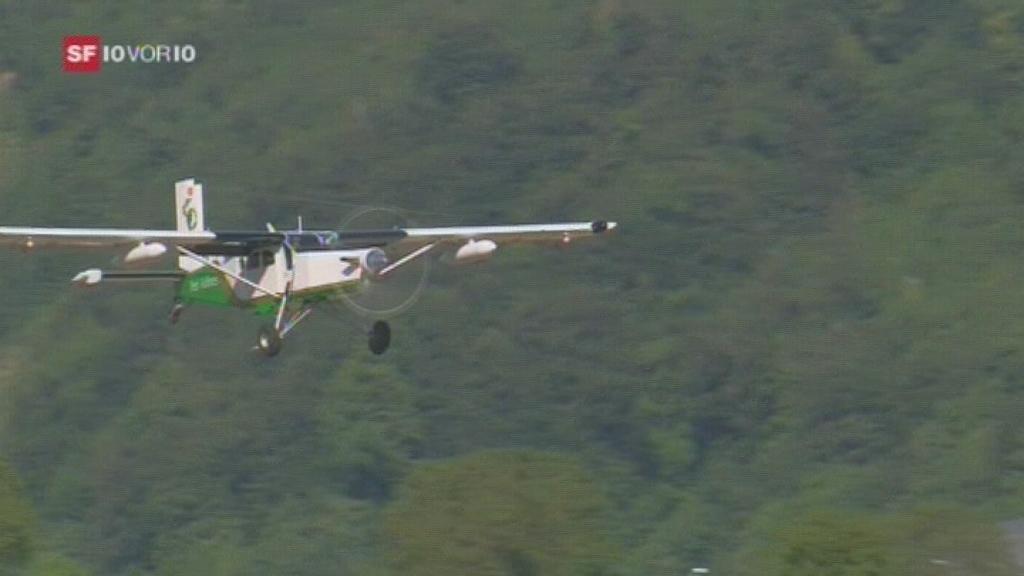
You can find an overview of ongoing debates with our journalists here. Please join us!
If you want to start a conversation about a topic raised in this article or want to report factual errors, email us at english@swissinfo.ch.